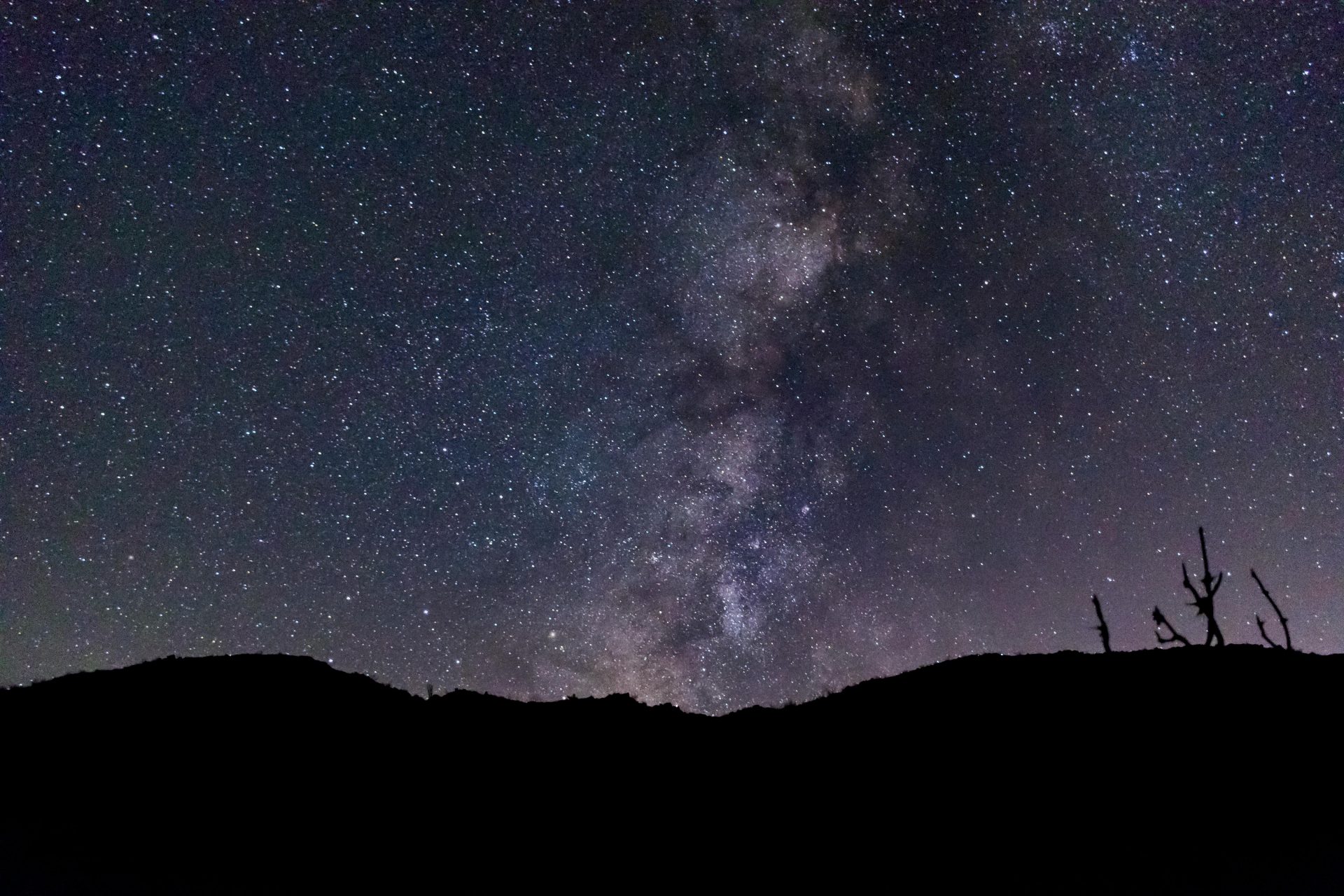How Old Is Human Civilization? A Historical Timeline

Hey there, amazing readers! 🖐️ Just a quick note: yes, we know there are a lot of ads here. Trust us, we get it—it’s not the prettiest look, but they help us keep this blog alive and kicking. Those pesky little ads cover the costs of all the behind-the-scenes magic, from hosting and tech stuff to creating content we hope you’ll love.
We’re committed to delivering quality posts, and your support (even just sticking around despite the ads) means everything to us. So, bear with us, and thanks for helping us keep the good vibes rolling. Now, on to the fun stuff! 😉
TRANSLATE BUTTON AT THE END OF THE ARTICLE
A Quick Overview
Have you ever wondered how old human civilization really is?
It’s a question that invites us to journey through time, exploring the milestones that define our existence.
From the first stirrings of agriculture to the sprawling empires that shaped nations, civilization has been a fascinating tapestry woven by countless cultures and innovations.
In this article, let’s roll back the clock and uncover the pivotal moments that have shaped humanity’s timeline.
Discovering the Roots: When Did It All Begin?
To trace the roots of human civilization, we must go way back.
The story starts with our distant ancestors, the Homo sapiens, who emerged around 300,000 years ago in Africa.
This period is often referred to as the Paleolithic Era, or the Old Stone Age.
Here, humans lived as hunter-gatherers, relying on nature for food and shelter.
Imagine living in a world where every day was a quest for survival!
The invention of tools marked a significant shift.
Early humans crafted simple stone tools to hunt and gather more effectively.
Language began to develop, allowing for better communication.
Social structures evolved as small groups banded together for survival.
Fast forward to about 10,000 BCE, and we see the dawn of the Neolithic Era, where things started to get really interesting.
This was when people began to settle down and embrace agriculture.
But what inspired this shift?
The Dawn of Civilization: Neolithic Era Unveiled
The Neolithic Era, spanning from around 10,000 BCE to 3,000 BCE, was like the ultimate game-changer.
Agriculture allowed communities to flourish, leading to population growth and the formation of settlements.
Farming meant more reliable food sources.
Crops like wheat and barley became staples.
With a surplus of food, people could focus on crafts, trade, and other activities.
This period saw the construction of the first permanent homes and villages, setting the stage for urbanization.
As communities grew, so did the complexities of daily life.
People began to explore new skills.
Pottery, weaving, and metallurgy emerged, showcasing human creativity and innovation.
Can you imagine the excitement of crafting your first pot or forging a tool from metal?
Rise and Shine: The Birth of Mesopotamia’s Magic
Around 3,500 BCE, we arrive in Mesopotamia, often heralded as the cradle of civilization.
Nestled between the Tigris and Euphrates rivers, this region witnessed the rise of some of the first complex societies.
The Sumerians, Akkadians, and Babylonians laid the foundations for urban life.
Cities like Uruk and Babylon sprung up, buzzing with activity.
Writing systems, such as cuneiform, emerged to record transactions and stories.
Imagine the thrill of penning your thoughts for the first time!
The invention of the wheel revolutionized transportation and trade, connecting communities like never before.
As government structures formed, so did laws and social hierarchies.
The Code of Hammurabi, developed in Babylon, is one of the earliest known sets of laws.
It reminds us that civilization has always grappled with justice and order.
Ancient Egypt: The Nile’s Gift to Humanity’s Timeline
Shifting our gaze to the north, we find ourselves in ancient Egypt, a civilization that flourished along the life-giving Nile River.
The Egyptians certainly knew how to harness the power of nature.
With annual floods enriching the soil, agriculture thrived.
Crops like flax and papyrus became essential to life.
Monumental architecture, including the iconic pyramids, showcased incredible engineering skills and a belief in the afterlife.
The Egyptians also developed a complex system of writing known as hieroglyphs, which allowed them to record their rich history.
Religion played a vital role in their society.
Gods and goddesses governed every aspect of life, and the pharaoh was seen as a divine ruler.
Can you picture the grandeur of a pharaoh’s court?
It’s the stuff of legends!
The Indus Valley: A Flourishing Urban Wonderland
Traveling east, we come to the Indus Valley Civilization, which thrived from around 2,600 BCE to 1,900 BCE.
This civilization is often overshadowed by its more famous counterparts, but it was a marvel in its own right.
Cities like Harappa and Mohenjo-Daro were meticulously planned.
Think about the grid-like streets and advanced drainage systems!
The people of the Indus Valley engaged in trade, crafting goods from cotton and bronze.
They were pioneers of urban life.
Their system of writing remains undeciphered, adding a layer of mystery to their achievements.
While reasons for the decline of this civilization remain debated, their legacy in urban planning and trade continues to influence modern society.
The Chinese Dynasties: A Legacy of Innovation and Culture
Now, let’s hop over to East Asia, where ancient Chinese civilization began to take shape.
The first dynasty, the Xia, is thought to have emerged around 2070 BCE, though it’s the Shang and Zhou dynasties that really left their mark.
The Shang dynasty, from around 1600 BCE to 1046 BCE, is known for its advancements in bronze metallurgy and writing.
The Zhou dynasty introduced the concept of the Mandate of Heaven, which justified the rule of emperors and governed dynastic change.
Confucianism and Daoism emerged as influential philosophies, shaping Chinese culture for centuries.
The Great Wall of China, constructed later, stands as a testament to the ingenuity and ambition of its people.
Imagine the stories that wall could tell if it could talk!
The Americas: Civilizations That Shaped a Continent
As we explore the Americas, we encounter impressive civilizations such as the Maya, Aztec, and Inca.
Each of these cultures contributed richly to the tapestry of human history.
The Maya, flourishing from around 300 CE to 900 CE, were known for their advanced knowledge of astronomy and mathematics.
They developed a calendar that is still revered today.
The Aztecs, arriving around the 14th century, created a powerful empire in central Mexico, complete with grand temples and a complex society.
The Inca, spanning the Andes from the 15th century onward, are celebrated for their engineering prowess, particularly in road construction and agriculture.
These cultures had intricate belief systems and impressive architectural achievements.
They remind us that civilization wasn’t confined to the Old World!
Classical Greece: Birthplace of Democracy and Philosophy
In the 5th century BCE, Greece stepped onto the world stage, and oh boy, did it make waves!
This era witnessed the birth of democracy, philosophy, and the arts.
City-states like Athens and Sparta showcased different governance styles, with Athens pioneering democratic principles.
Great philosophers like Socrates, Plato, and Aristotle laid the groundwork for Western thought.
The Greeks excelled in theater, with playwrights such as Sophocles and Euripides captivating audiences with their tragedies and comedies.
The Olympic Games, originating in Greece around 776 BCE, stand as a celebration of human achievement and competition.
Picture the excitement of athletes gathering to compete in front of cheering crowds!
Rome’s Expansion: An Empire That Changed the World
As Greece waned, Rome rose.
The Roman Republic, established in the 6th century BCE, eventually expanded into an empire that reshaped the known world.
Rome’s engineering marvels, like aqueducts and roads, facilitated trade and military movement across vast territories.
The Pax Romana, a period of relative peace, allowed art, culture, and commerce to flourish.
Legal systems established during this time continue to influence modern law.
However, no empire lasts forever.
The fall of Rome in 476 CE marked a significant turning point, ushering in the Middle Ages.
Can you imagine the dramatic shifts that followed?
The Middle Ages: A Time of Transition and Transformation
With the fall of Rome, Europe entered the Middle Ages, a period often characterized by feudalism and cultural stagnation.
But don’t let that fool you; this era was also crucial for development.
The rise of Christianity transformed social and political structures, with the Church becoming a dominant force.
The Islamic Golden Age, flourishing from the 8th to 14th centuries, saw advancements in science, medicine, and philosophy.
Trade routes, like the Silk Road, connected Europe with Asia, facilitating cultural exchange.
While often dubbed the “Dark Ages,” this period laid the groundwork for the Renaissance.
New ideas were brewing, just waiting to burst forth!
The Age of Exploration: New Worlds and New Ideas
The late 15th century marked the Age of Exploration, a time when Europeans set sail into the unknown.
Figures like Christopher Columbus and Vasco da Gama expanded horizons, discovering new lands and trade routes.
Colonization had profound impacts, both positive and negative, on indigenous populations.
This era also saw the exchange of goods, ideas, and cultures across continents, known as the Columbian Exchange.
Can you imagine the thrill of those first encounters?
The world was becoming interconnected in ways that had never been seen before.
Modern Era: The Fast-Paced Evolution of Civilization
As we journey into the modern era, we encounter remarkable transformations.
The Industrial Revolution, beginning in the 18th century, sparked unprecedented changes.
Rapid advancements in technology and manufacturing altered how goods were produced and distributed.
Urbanization surged as people flocked to cities for work, leading to new social dynamics.
The 20th century brought two world wars, civil rights movements, and technological revolutions that reshaped societies.
Today, we stand on the shoulders of giants, with a civilization that is continually evolving.
The pace of change is staggering, and it’s thrilling to think about where we might be headed next.
Conclusion
So, how old is human civilization?
While we can pinpoint its beginnings to around 10,000 BCE with the advent of agriculture, the story is one of continuous growth and transformation.
Each period brought unique contributions that shaped the course of history.
As we reflect on this journey, it’s a reminder of our shared heritage.
We are all part of a grand narrative, one that connects us through time and space.
The quest for knowledge, innovation, and connection is as vital today as it was thousands of years ago.
Let’s keep the spirit of exploration alive!

The Enlightenment Journey is a remarkable collection of writings authored by a distinguished group of experts in the fields of spirituality, new age, and esoteric knowledge.
This anthology features a diverse assembly of well-experienced authors who bring their profound insights and credible perspectives to the forefront.
Each contributor possesses a wealth of knowledge and wisdom, making them authorities in their respective domains.
Together, they offer readers a transformative journey into the realms of spiritual growth, self-discovery, and esoteric enlightenment.
The Enlightenment Journey is a testament to the collective expertise of these luminaries, providing readers with a rich tapestry of ideas and information to illuminate their spiritual path.
Our Diverse Expertise 🌟
While our primary focus is on spirituality and esotericism, we are equally passionate about exploring a wide range of other topics and niches 🌍📚. Our experienced team is dedicated to delivering high-quality, informative content across various subjects ✨.
To ensure we provide the most accurate and valuable insights, we collaborate with trusted experts in their respective domains 🧑🏫👩🏫. This allows us to offer well-rounded perspectives and knowledge to our readers.
Our blog originally focused on spirituality and metaphysics, but we’ve since expanded to cover a wide range of niches. Don’t worry—we continue to publish a lot of articles on spirituality! Frequently visit our blog to explore our diverse content and stay tuned for more insightful reads.





